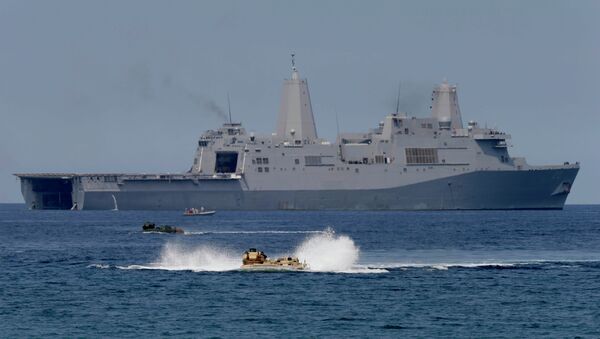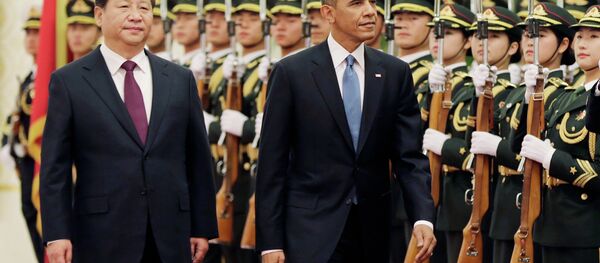According to Senior Fellow at the China Policy Institute Harry J. Kazianis, the United States' capability of projecting power in the Asia-Pacific is waning.
"America now faces a very real threat to its ability to project power in the Asia-Pacific; and it's a problem — considering how fast Beijing's missile technology is progressing — that will likely only get worse as the years go by," Kazianis wrote in his article for the National Interest.
In accordance with Kraska's imaginary scenario, in the event of a US-China military standoff in the Asia-Pacific "US allies or partners… would have a hard time coming to Washington's aid" and a US aircraft carrier would have a near zero chance of surviving a Chinese attack.
Furthermore, earlier this year members of the Air-Sea Battle Office and Joint Staff admitted that current doctrinal command-and-control methodologies will most likely fail to address modern anti-access/area-denial environments.
"The advancement and proliferation of disruptive technologies designed to counter power projection are undermining traditional US military advantages. The worldwide growth of anti-access/area-denial (A2/AD) capabilities, the changing US overseas defense posture, and the emergence of space and cyberspace as contested war-fighting domains enable potential adversaries, both state and non-state, to counter qualitatively superior US and allied forces," the military analysts stated.
"How should America respond to the growing anti-access/area-denial (A2/AD) challenge presented by China, Iran and now Russia?" Kazianis asked.
The Pentagon's new operation concept dubbed JAM-GC aims to deal with a wide range of challenges, including the capability to "effectively command and control Joint Forces in a heavily disrupted electromagnetic-spectrum environment"; "deter an adversary from proscribed action through demonstration of capability, presence and will"; "project power as needed to achieve objectives; and sustain and supply operations in the face of determined opposition."
While the Pentagon is boosting the US' Grand Military Strategy in Asia, the question remains open whether the US plans to use its military force to coerce Beijing into submission.




